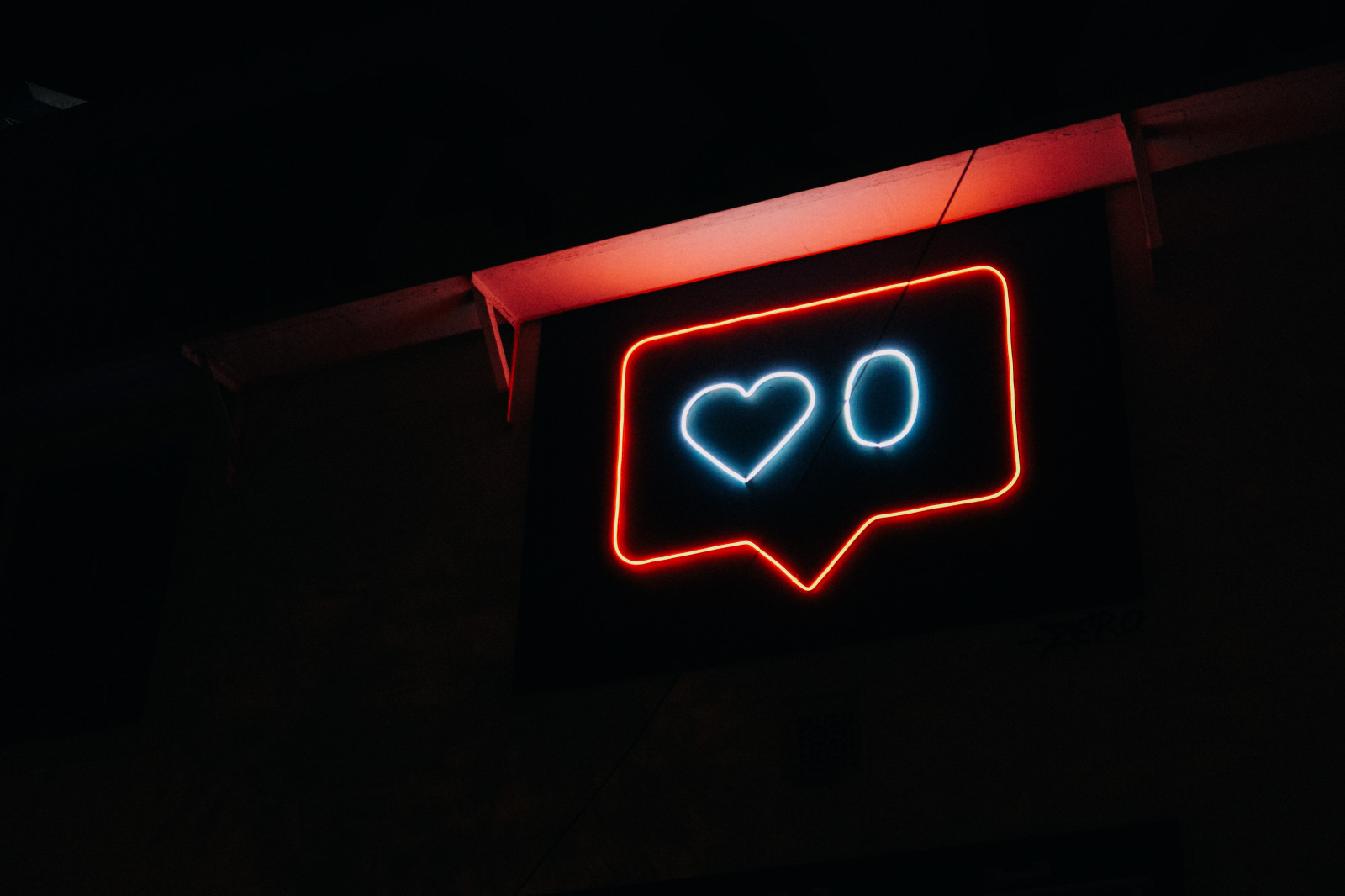Instagram is becoming Facebook. So where do all the people go?

Photo: Prateek Katyal

Facebook is the most used social media platform in Western markets (not including YouTube, which may host user-generated content but is not typically considered in the same category). Yet, the broad consensus, from competitors to Gen Z, is that the platform is ‘dead’. Why?
Notably, it is most prominently used by older demographics. Facebook is by far the most popular platform among over 35s, with roughly ¾s of them using the platform weekly. However, for 20-24s Instagram and TikTok are more popular, and fewer than a third of 16-19s use Facebook weekly. In other words, Facebook going ‘mainstream’ did not just mean it became the most used overall, it meant most used by consumers who are of parent-age and older.
For this sizable group, Facebook is not dead. It is still where they like one another’s posts, share photos of their Elfs on the Shelf, and participate in local community groups. For younger users, however, the app mainly constitutes family photos from their older relatives, ad after promoted content after ad, and re-shared content from platforms like Reddit, X, and Instagram.
Instagram, on the other hand, is still prominently used by younger demographics. It competes neck-and-neck with TikTok for under-25s, surpassing it slightly for 25-34s, with both apps dipping back down for over-35s. So, the signs were already there that Instagram was going culturally ‘mainstream’ as its initial user base — millennials — began to age.
As if on cue, there has been a notable shift over the past several weeks: the feed (anecdotally, from a casual survey of latter-20s women) is starting to look a lot like Facebook’s. There is very little social content; people are posting less often, and if so it is mainly the grandma-safe life events and arty highlights from a roll of film shot six months ago. The app is a hub for memes and news, but many are reposted from other sites and platforms, and ads overpower everything else.
As with Facebook, the use is still high for scrolling – but meaningful interpersonal connection is fading for many original users and the attention by cultural ‘trend setters’ has all but jumped off a cliff.
Featured Report
Social 2025 Navigating platforms for fan power
The biggest apps are in the process of disruption. TikTok’s uncertain future and Meta’s apps relaxing content restrictions and fact checking will constitute greater challenges for creators, advertisers, and audiences looking to use and benefit from these platforms.
Find out more…So, if younger people are not really ‘on’ Instagram and Facebook anymore… where have they gone?
To assume they have all jumped ship to competitors like TikTok misses the point. TikTok, Instagram, and Facebook are all content-first platforms now, with ‘social’ being an engagement method. User-generated content may abound in the creator economy, but it is all published for public consumption (often with the hopes of going viral), rather than for friends and family – despite our data showing that these personal networks are still the main reason people turn to social platforms in the first place. In short: there is no substantial direct competitor to fit the hole that Instagram could leave in younger users’ digital lives.
Instead, their behaviours are changing completely. They are turning to platforms like Discord to talk to their wider communities and Snapchat and direct messaging (like iMessage or WhatsApp) for more personal updates. They also seem to be disengaging from the digital world altogether, with analogue back on the rise. In a digital world where, for years, every implication of a trend has been relentlessly pursued (and ultimately smothered) by advertisers, resilient culture has become a bit of a wasteland. In short: digital ‘culture’ is now overhyped, over-monetised, over by the time you have heard about it, and no matter how targeted it is, still somehow can not quite hit the spot. The cool new trend is to just walk away.
The answer is not getting people back online, because, as the numbers show, they are still there. Rather, it is more about figuring out how to respond to the meaningful behaviours that are no longer happening, where likes, comments, and shares can be counted.
Ironically, propositions that never seemed to fully adapt to the digital world are suddenly at an advantage. Classical music is having a revival. Metal never went anywhere. Dungeons & Dragons and Magic the Gathering have digital presences, but at heart they can still be offline.
The examples all share two key attributes. One is that they stick to what they know is good about what they are doing, rather than being distracted by social data. The second is that they do not try to monetise their fans at every opportunity. They sell a main offering – be it event tickets, cards, merchandise, or even a physical board (like for chess), and that is it. Fans can own it (or memories of it in the case of events) forever and the offering has a sustainable business model that it sticks to.
The dance with digital data has been more confusing in some ways than it has been revealing. Like looking at the path up a mountain through a microscope, it has made the smallest trends seem massive and steady successes seem too slow. As audiences move away from the constant pressures for their time, money, and attention, they are looking for things that last, are meaningful, and do not ask too much of them all the time. To survive the coming analogue revival, entertainment is going to have to look back to these more traditional methods: finding business models for ownership rather than access and focus on making art that is good, not just that which fits an algorithm that is no longer listening.

There are comments on this post join the discussion.